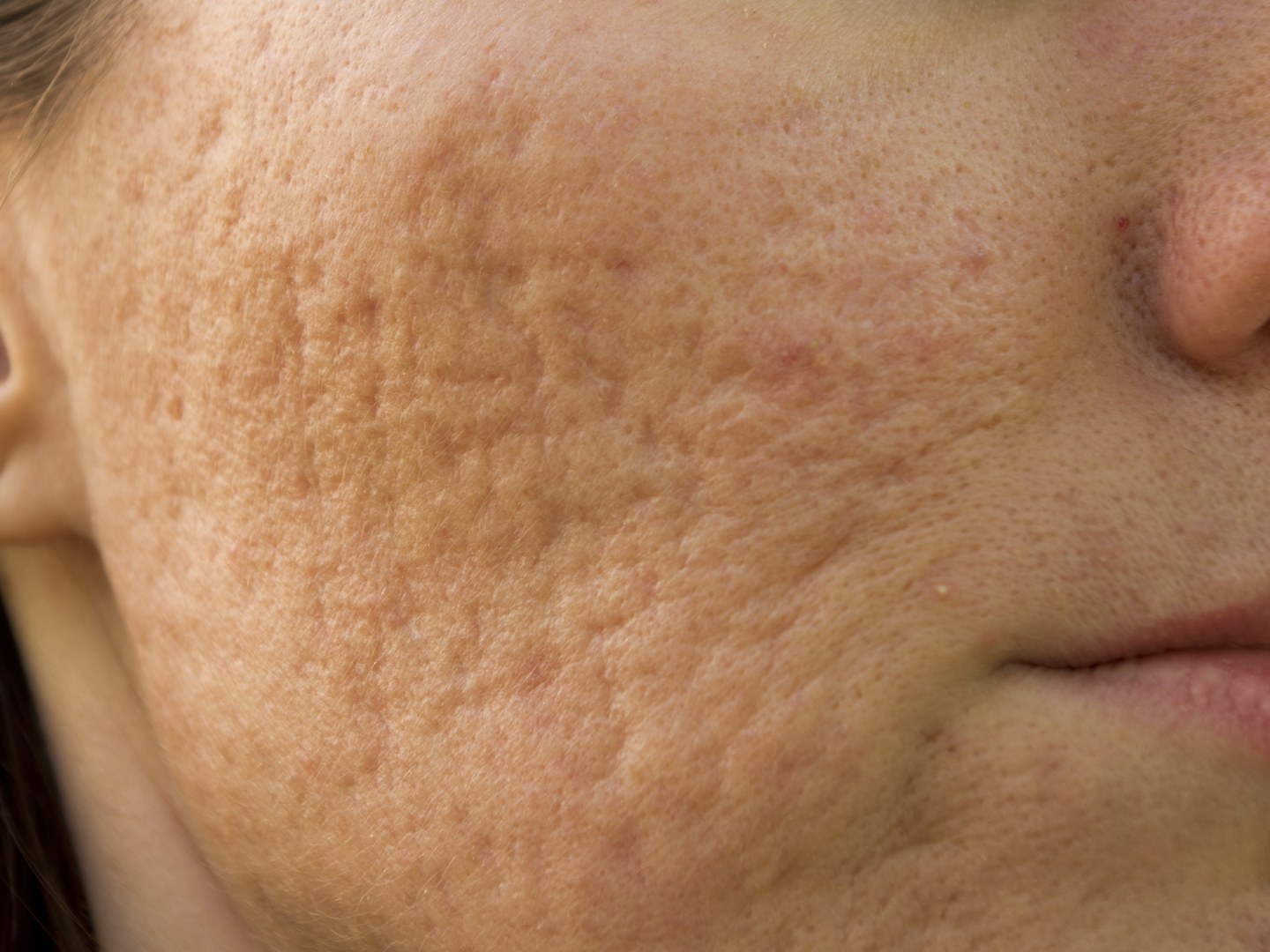Removing Acne Scars?
What is the best way to eliminate acne scars on the face?
Andrew Weil, M.D. | June 26, 2006

A number of methods are now available to deal with acne scars, but you’ll have to consult a dermatologist to find out which one would be best for you. The depth, shape and location of scars dictate the treatment that will be most effective.
According to the American Academy of Dermatology, one of the latest approaches to removing acne scars is laser treatment. Any one of several different lasers may be used. For example, if you have depressed scars, the pulsed carbon dioxide laser can help by vaporizing thin layers of skin and tightening collagen fibers. The erbium yttrium-aluminum-garnet laser, known as the Er:YAG laser, is used to sculpt small, irregular scars. The treatments work by promoting collagen growth underneath an acne scar without injuring the skin’s surface. You may get satisfactory results from a single treatment. The downside is that your skin may be red for months afterward.
An older method of dealing with scars is dermabrasion: the use of a high-speed brush to scrape away the top layers of skin, leaving a smoother contour. While dermabrasion improves the appearance of a scar, it won’t necessarily eliminate it completely and isn’t effective for all types of acne scars. For best results, you may need several treatments.
Microdermabrasion is a more recent variation of this approach. Instead of a brush, aluminum oxide crystals are passed through a vacuum tube to remove surface skin. This method also requires repeated procedures and doesn’t always work. Again, a side effect is redness, often lasting for days.
Another method is to fill scars in with injected collagen. This isn’t an option if you have a history of an autoimmune disease. You also must be tested to make sure that you’re not allergic to the collagen used (it comes from cows). You should see an immediate improvement with collagen injections, but the change isn’t permanent; you will need repeat injections every three to six months. As an alternative to injected collagen, dermatologists can use your own fat collected from elsewhere on your body. However, this isn’t a permanent solution either – over six to 18 months, the body reabsorbs the fat, and you’ll need another treatment.
Andrew Weil, M.D.











